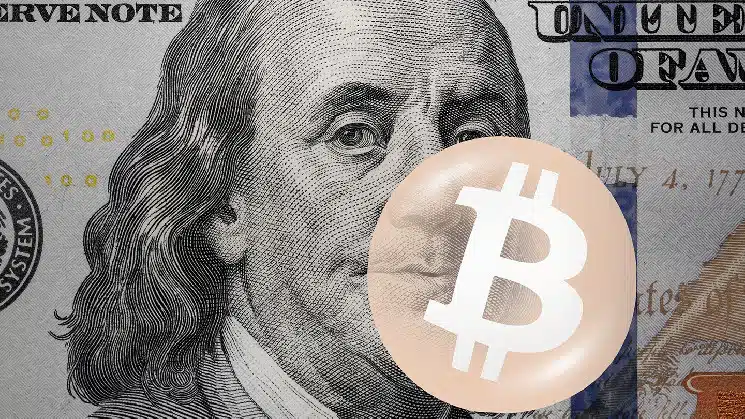The fees on the Bitcoin blockchain have surged to two-year highs as the “Bitcoin Request for Comment” (BRC-20) tokens and the rising popularity of the Ordinals protocol are driving demand for block space. During European hours on Monday, the average transaction fees on the Bitcoin network were just under $20, which represents a significant jump from last week’s average of $1.20. The last time fee levels were this high was in May 2021 when the price of Bitcoin reached a then-record of $60,000.
The surge in fees has been attributed to the increasing number of non-fungible tokens (NFTs) tied to the Bitcoin blockchain, which exceeded 3 million last week following a one-day spike in activity that primarily consisted of text-based assets, as per data from Dune Analytics. These NFTs, called inscriptions, function on the Ordinals Protocol, allowing users to embed data into the Bitcoin blockchain by inscribing references to digital art into small Bitcoin-based transactions.
In addition, the BRC-20 token standard enables users to issue transferable tokens directly through the network, leading to the creation of various digital artwork and meme tokens built on the Bitcoin infrastructure. According to data from OrdSpace, which tracks BRC-20 data, over 11,000 tokens issued on Bitcoin were available on the open market by Monday, with a cumulative market capitalization of $1.6 billion.
Ordinals marketplace Ordi (ORDI) tokens are the most valuable BRC-20 tokens, with a market capitalization of $220 million and 7,300 unique token holders. Ordi is said to be the first BRC-20 token deployed on Bitcoin, which may also be contributing to its value proposition among holders. Pepe tokens issued on Bitcoin – which are separate from the ones issued on Ethereum – are the second-largest BRC-20 issuance, although they have a relatively smaller market capitalization of $17 million.
Several analysts regard the rapid increase in transactional activity as a sign of network adoption that enhances Bitcoin’s fundamental narrative. Tom Rodgers, Head of Research at ETC Group, noted that during the peak in 2019, most Bitcoin transactions were skewed towards more massive transactions in the range of $1,000 to $10,000, suggesting that most Bitcoin users were utilizing the blockchain for trading. In contrast, the largest cohort of Bitcoin transactions today – 359,560 – come from transactions under $1. This indicates a significant increase in Bitcoin velocity, or the amount of Bitcoin being transacted by users, as opposed to those locked up in cold wallets and held over the long term.
However, while adoption has been swift, network congestion has temporarily caused issues at cryptocurrency exchanges such as Binance, which paused Bitcoin withdrawals twice over the weekend. On-chain data currently shows nearly 415,000 unconfirmed Bitcoin transactions, a figure that is higher than anything experienced during the bull runs of 2018 and 2021.
In conclusion, the demand for block space on the Bitcoin blockchain is increasing due to the growing popularity of BRC-20 tokens and the Ordinals Protocol. The resulting jump in transaction fees indicates an uptick in network adoption, but it also highlights the need for improvements to address the current network congestion issue. As the blockchain continues to evolve, it will be essential for developers and network participants to work together to find solutions that can accommodate the rapid growth in transactional activity without compromising the overall user experience.


